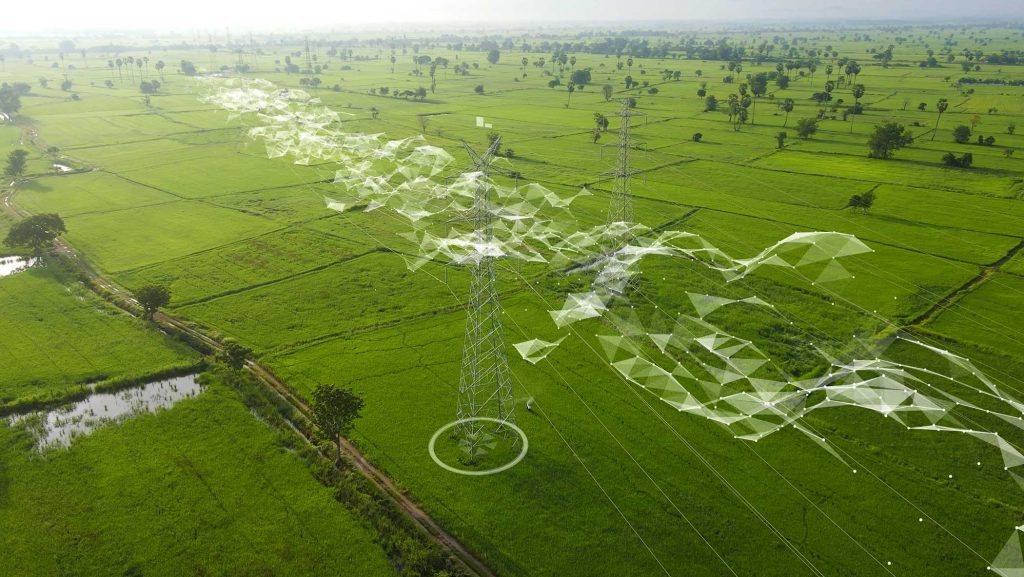AIR LINE TRAPS
Unleashing a new level of safety and reliability
Unleashing a new level
of safety and reliability
LINE TRAPS
765 kV / 80kA rms
Line traps are a key component in Power line communications facilitating the transmission of remote control signals voice communication and control exchange between substations within the electrical T&D network.
CHARACTERISTICS
- Highest mechanical and short-circuit strength
- Different mounting arrangements
- Minimum maintenance is required
- Various types of tuning Designs available in compliance with ANSI/IEEE IEC and other major standards
APPLICATION AREAS
- Power Line Carrier (PLC)
SUSTAINABILITY
Regenera™ is our holistic approach to protecting ecosystems, fostering environmental harmony and promoting a circular economy.
MAIN FEATURES
Power Line Carrier (PLC)
PLC is a method of power system communication. A PLC consists of an HV transmission line transmitters receivers and associated components such as a CC CVT line tuners and line traps.
Application
Line traps limit the attenuation of the carrier signal within the power system by preventing the carrier signal from being dissipated in the substation or grounded in the event of a fault.
Single frequency Tuning
If narrow blocking bands are required single frequency tuning is the most economical tuning method. High blocking impedance can be provided within the narrowband resulting in excellent PLC signal isolation.
Double frequency Tuning
Double frequency tuning blocks two narrow frequency bands. The blocking pattern is comparable to single frequency tuning. A minimum frequency separation must be maintained.
Wideband Tuning
Wideband tuned line traps are suitable for multichannel applications. This type of tuning provides high bandwidth flexibility for future changes or expansion of PLC frequencies.
Self-tuned Line Traps
Self-tuned line traps require no adjustment. The blocking characteristic is achieved simply by utilizing the self-capacitance of the main coil winding.
Mounting and Connection
Trench offers various suspension mounted line traps available as single or multipoint suspension brackets. They can be pedestal mounted onto CCs CVTs or station post insulators.
Worldwide References
For over 60 years Trench has been the world leader in the design and manufacture of line traps and other equipment – type tested and fully compliant with relevant standards for the customers worldwide.
PRODUCT APPLICATIONS
LINE TRAPS
Enabling efficient power line carrier communication
A unique blend of technology leadership experience and customer focus - Trench PLC reactors (line traps) provide low impedance at power frequency and maintain high impedance at power line carrier frequencies.
RELATED PRODUCTS
ACR for HVDC
AIR CORE REACTORS FOR HVDC Unleashing a new level of safety and reliability Unleashing a…
ACR for Power Quality and Facts
AIR CORE REACTORS FOR POWER QUALITY AND FACTS Unleashing a new level of safety and…
Line Traps
AIR LINE TRAPS Unleashing a new level of safety and reliability Unleashing a new levelof…
Air Core Series Reactors
AIR CORE SERIES REACTORS Unleashing a new level of safety and reliability Unleashing a new…
Air Core Shunt Reactors
AIR CORE SHUNT REACTORS Unleashing a new level of safety and reliability Unleashing a new…
See the complete Coils Portfolio
We provide the most advanced products, services, solutions.







